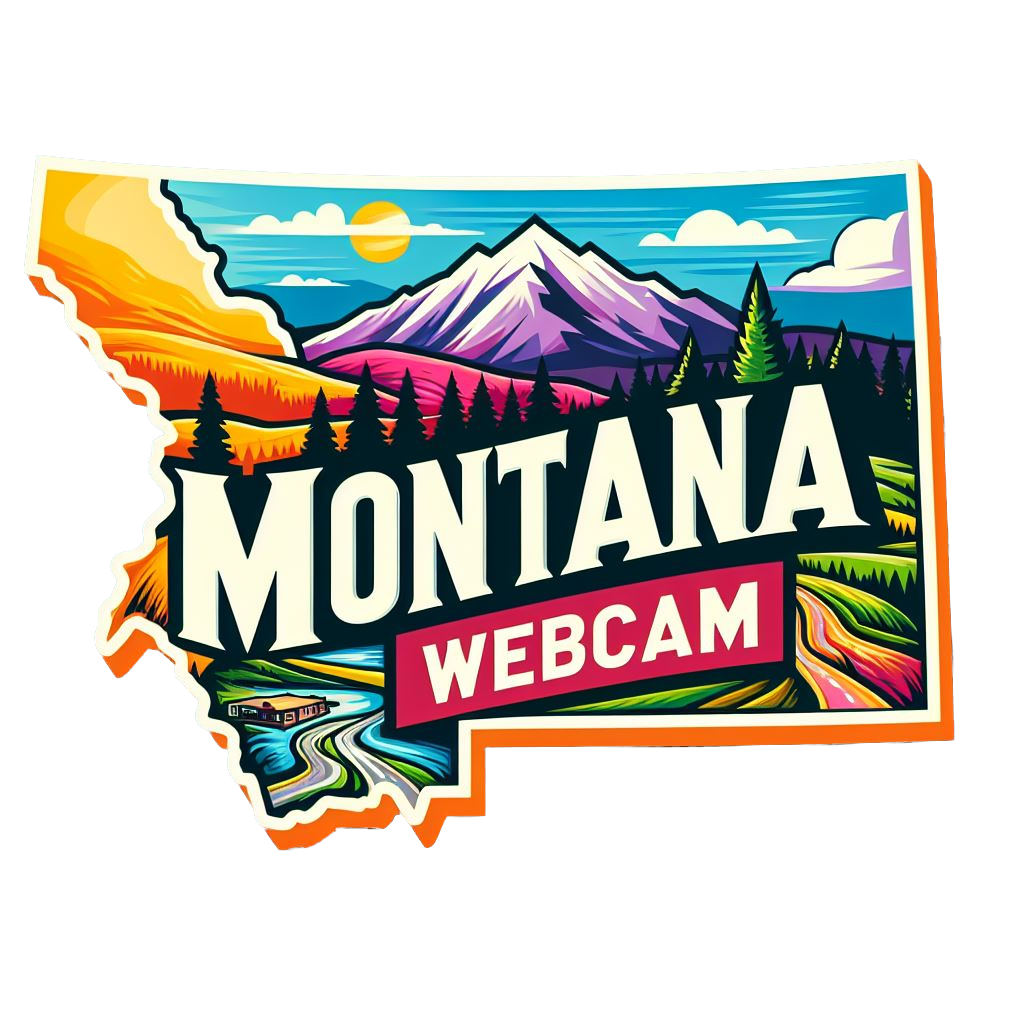Forsyth, MT Weather Cams
Forsyth Downtown Cam
Forsyth, Montana: A Historic Railroad Town in the Heart of the Treasure State
Forsyth, MT Weather Cams. Nestled along the banks of the Yellowstone River, Forsyth, Montana, is a small town with a rich and varied history. Known for its pivotal role in the development of the railroad and its contributions to agriculture and industry, Forsyth is a testament to the resilience and spirit of the American West. From its founding in the late 19th century to its vibrant community life today, Forsyth’s story is one of growth, change, and enduring charm.
Early Beginnings
Long before Forsyth was established, the region was home to Native American tribes, including the Crow and Northern Cheyenne. These tribes relied on the Yellowstone River and the surrounding plains for hunting, fishing, and sustenance. The river was a critical lifeline, providing water, food, and a means of transportation.
European exploration of the area began in the early 19th century with expeditions by fur traders and explorers. Among them was the famous Lewis and Clark Expedition, which traveled through the region in 1806. The explorers documented the abundant wildlife and the strategic importance of the Yellowstone River, paving the way for future settlement.
The Arrival of the Railroad
The founding of Forsyth is closely tied to the expansion of the Northern Pacific Railway. In the late 1870s, the Northern Pacific was extending its tracks westward, seeking to connect the Great Lakes with the Pacific Northwest. Recognizing the potential for a strategic stop along the Yellowstone River, the railroad company established Forsyth in 1882 as a key division point.
The town was named after General James W. Forsyth, a Civil War veteran and prominent military leader. The arrival of the railroad transformed Forsyth into a bustling hub of activity. The construction of the railway brought an influx of workers, leading to the establishment of businesses, homes, and essential services. Forsyth quickly grew from a frontier outpost into a thriving town.
Economic Growth and Development
Forsyth’s location along the railroad made it a critical point for transportation and commerce. The town became a vital shipping center for cattle, sheep, and agricultural products. Ranchers and farmers from the surrounding area relied on Forsyth to transport their goods to markets across the country. This economic activity spurred growth and attracted new residents and businesses.
In addition to its role in agriculture, Forsyth developed a robust local economy based on various industries. The town’s strategic location along the Yellowstone River also facilitated the establishment of mills, warehouses, and other enterprises that supported the growing community. Main Street became a lively commercial district, with shops, hotels, and restaurants catering to the needs of residents and travelers.
The Homesteading Era
The early 20th century marked a significant period of growth for Forsyth as the federal government promoted homesteading in the region. The Enlarged Homestead Act of 1909 encouraged settlers to claim and cultivate larger tracts of land. This policy brought a wave of new settlers to Forsyth and the surrounding area, further boosting the local economy.
Homesteaders faced numerous challenges, including harsh weather conditions, limited resources, and the demands of establishing farms and ranches from scratch. Despite these difficulties, many persevered, contributing to the development of a strong and resilient community. Forsyth’s population grew, and the town expanded to accommodate the needs of its residents.
The Great Depression and World War II
Like many communities across the United States, Forsyth was affected by the Great Depression of the 1930s. The economic downturn led to financial hardships, reduced agricultural prices, and increased unemployment. However, the town demonstrated remarkable resilience, with local initiatives and federal programs providing much-needed support.
The outbreak of World War II brought new challenges and opportunities to Forsyth. Many residents enlisted in the armed forces, while others contributed to the war effort through work in agriculture, industry, and support services. The war also spurred technological advancements and infrastructure improvements that benefited the town in the post-war years.
Post-War Prosperity and Modernization
The post-war era ushered in a period of prosperity and modernization for Forsyth. Advances in technology, transportation, and agriculture transformed the local economy and lifestyle. The construction of highways and improved road networks facilitated travel and commerce, connecting Forsyth more closely with the broader region.
During this time, Forsyth continued to thrive as an agricultural center, with wheat, barley, and livestock production playing a central role in the local economy. The town’s infrastructure and services also improved, with investments in schools, healthcare, and community facilities enhancing the quality of life for residents.
Modern-Day Forsyth
Today, Forsyth is a vibrant community that honors its rich history while embracing the future. With a population of around 1,700 residents, the town maintains a close-knit, welcoming atmosphere. Forsyth’s historic downtown district features a blend of well-preserved historic buildings and modern amenities, reflecting the town’s unique character.
The town hosts a variety of events and festivals that celebrate its heritage and community spirit. The annual Rosebud-Treasure County Fair, held in Forsyth, attracts visitors from across the region with its rodeo, exhibits, and entertainment. The fair is a highlight of the summer season and a testament to the town’s enduring agricultural roots.
Forsyth’s location along the Yellowstone River continues to provide opportunities for outdoor recreation and tourism. Fishing, boating, and hiking are popular activities, drawing nature enthusiasts to the area’s scenic landscapes and abundant wildlife.
Conclusion
The history of Forsyth, Montana, is a story of transformation, resilience, and community. From its early days as a railroad town to its current role as a vibrant agricultural and recreational hub, Forsyth has navigated the challenges and opportunities of each era with determination and spirit. As the town continues to grow and evolve, it remains a testament to the enduring allure of the American West and the strength of its people.
For more information, visit the official Forsyth, MT website.
